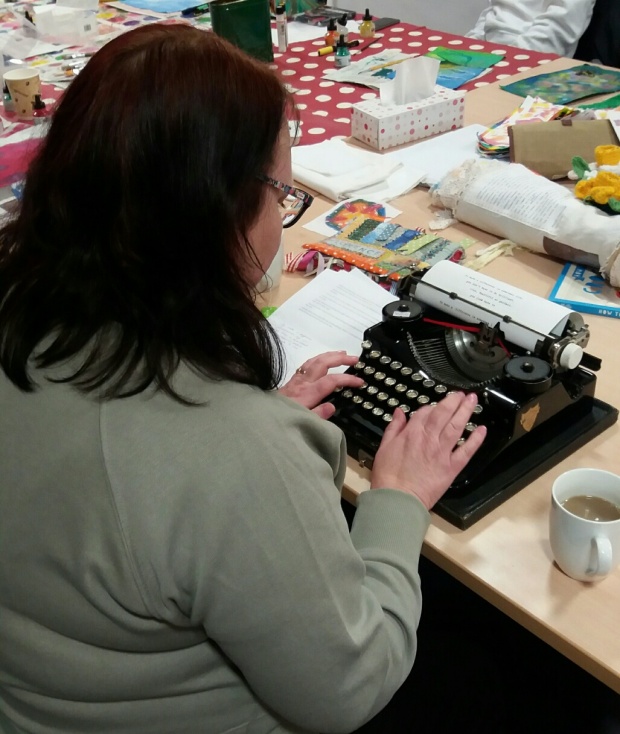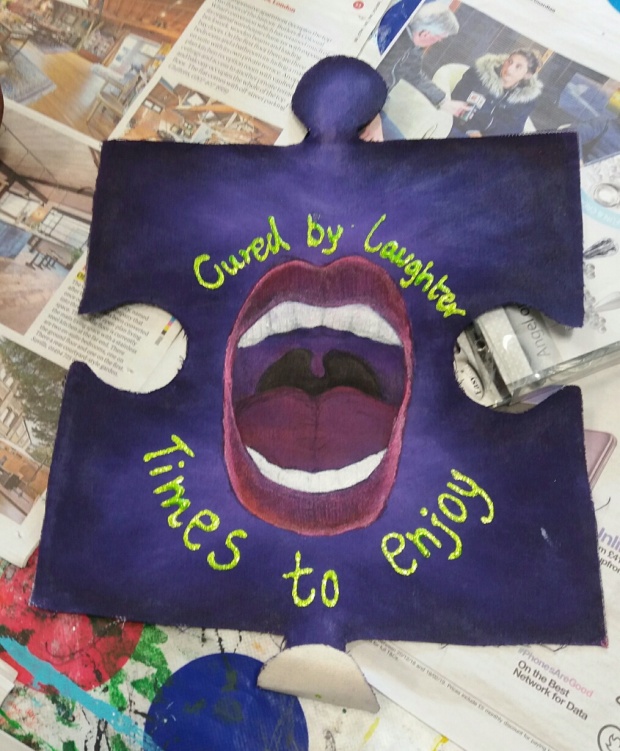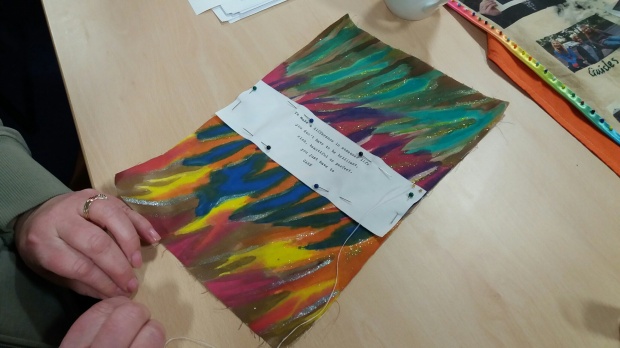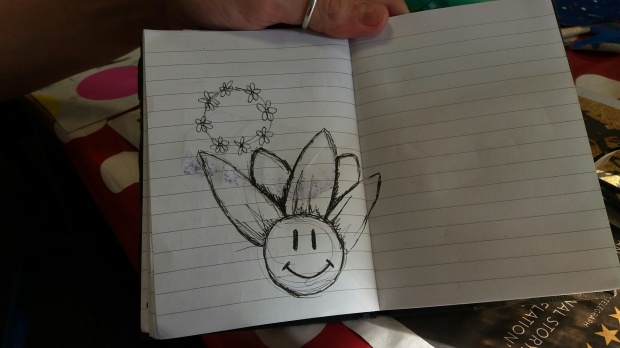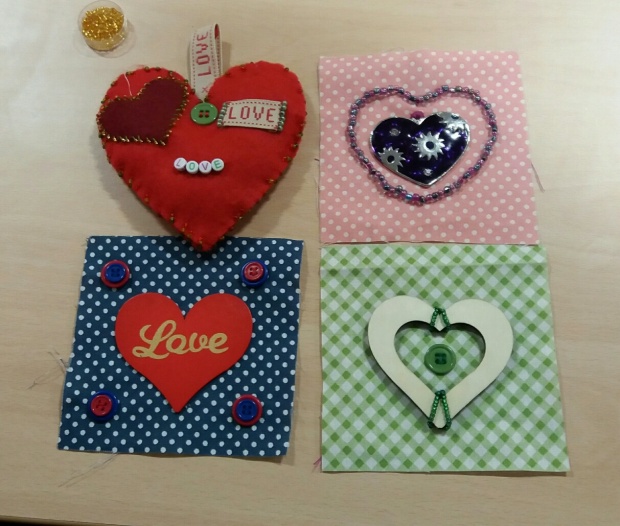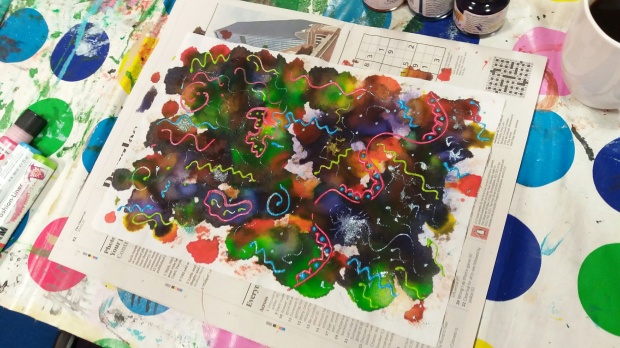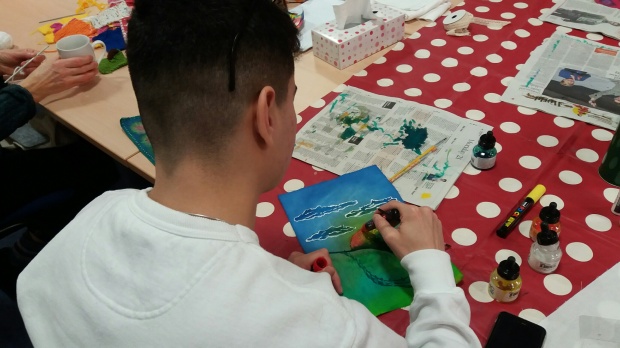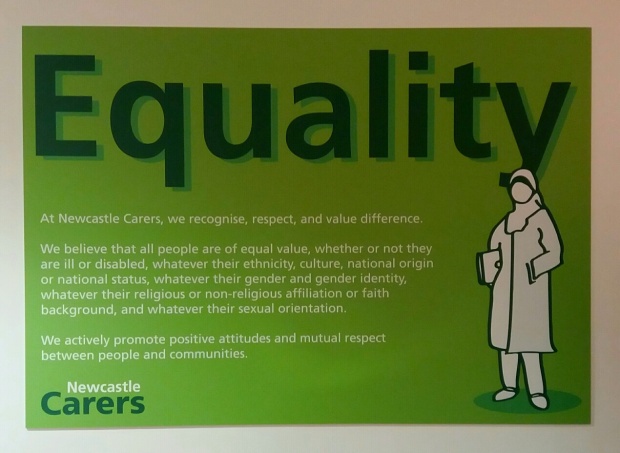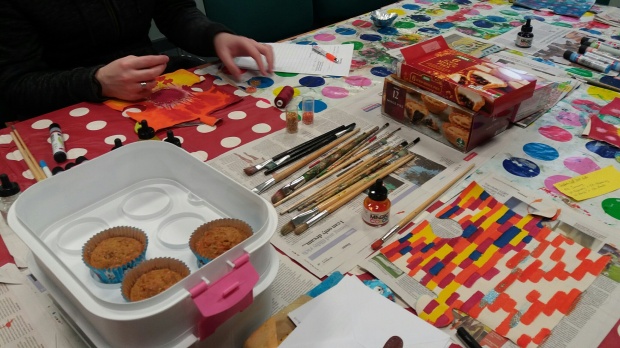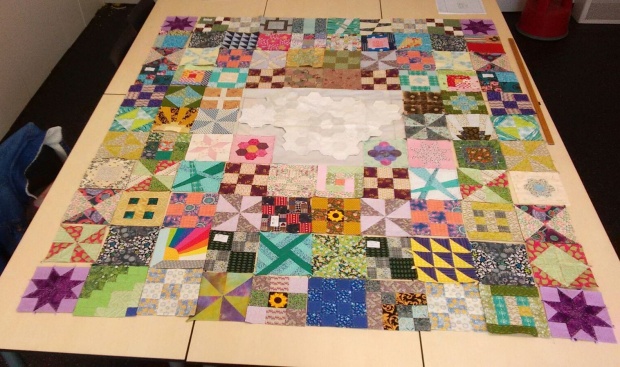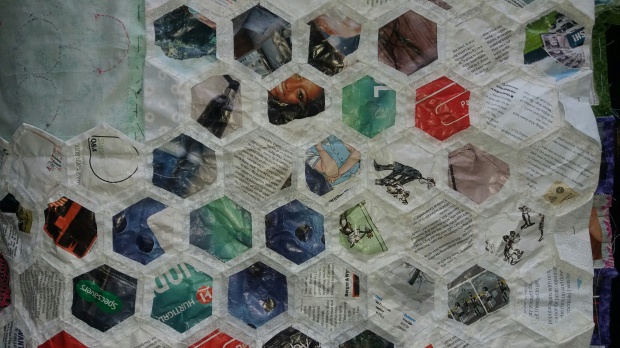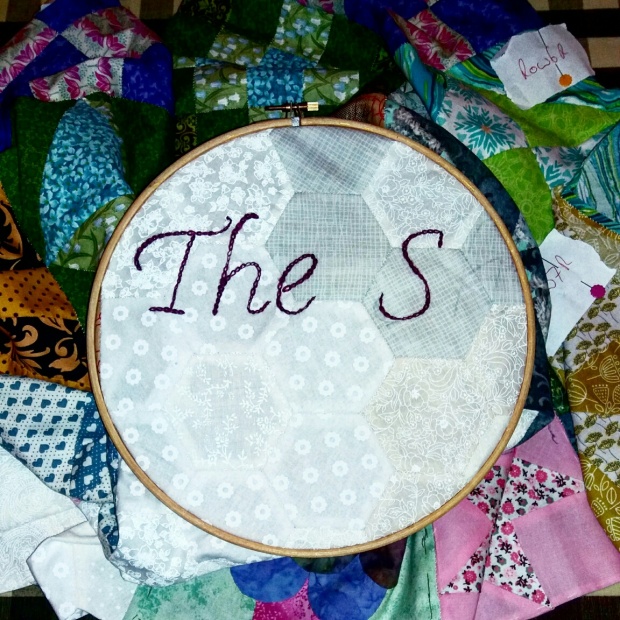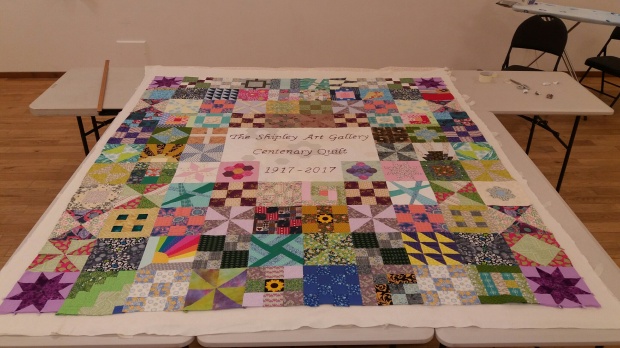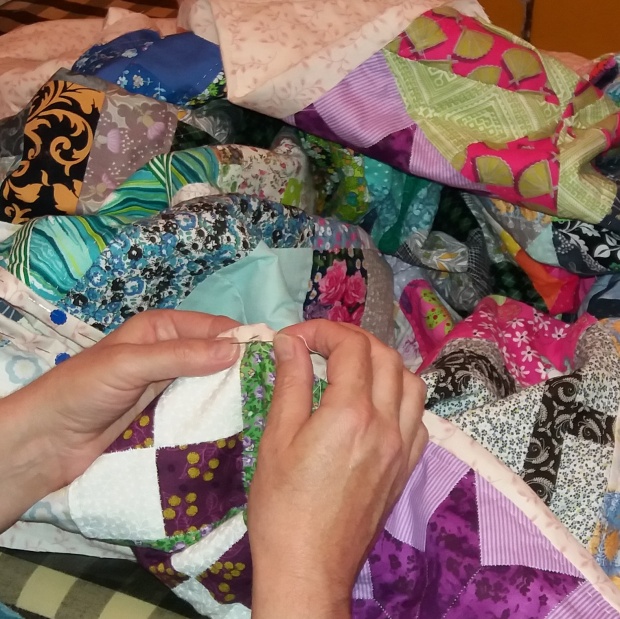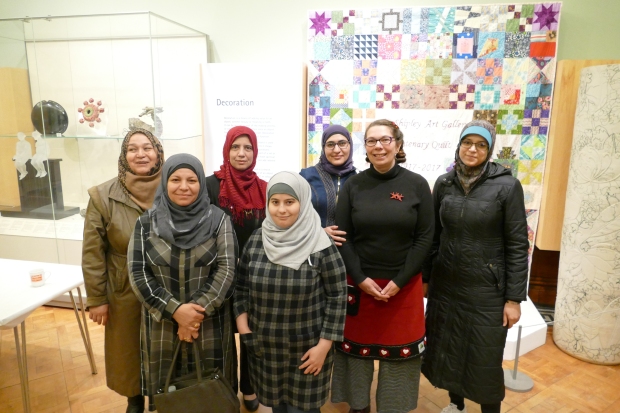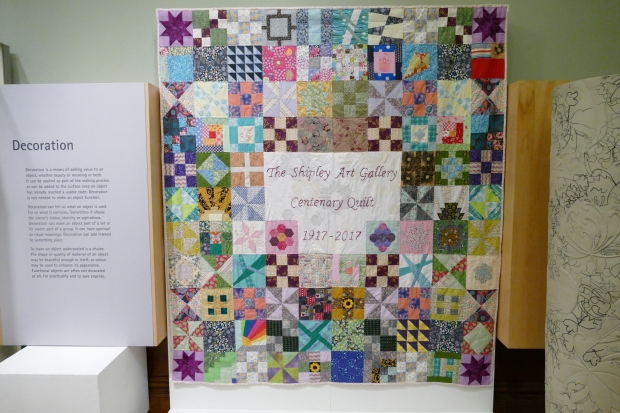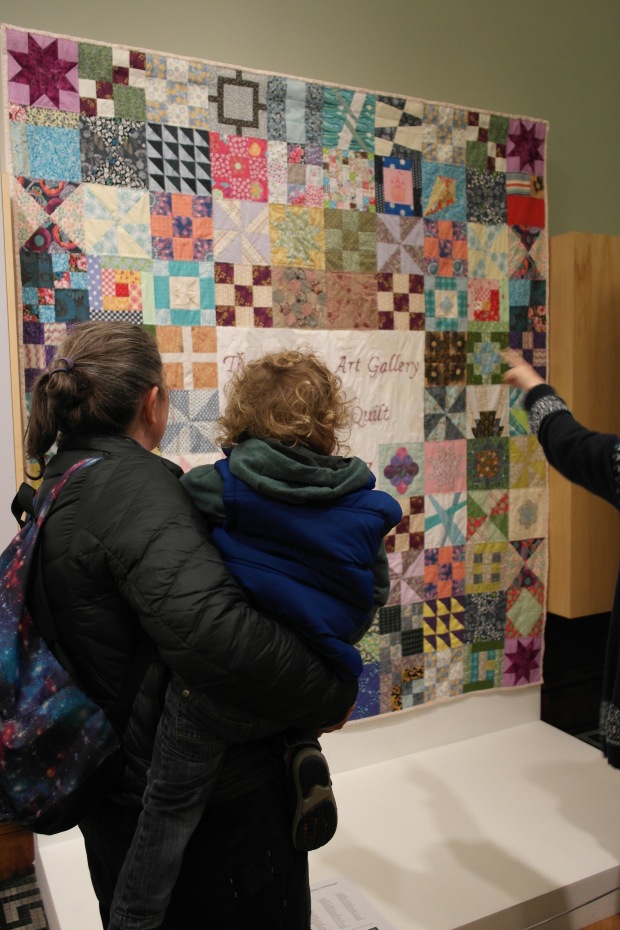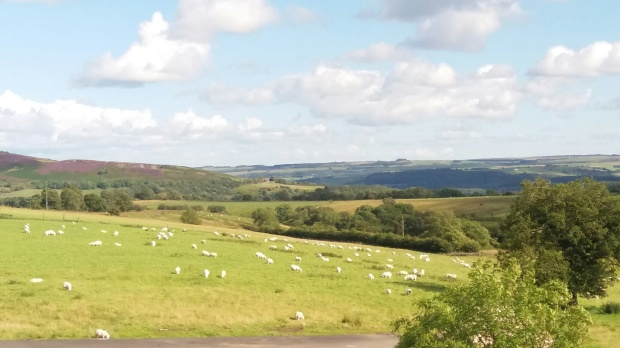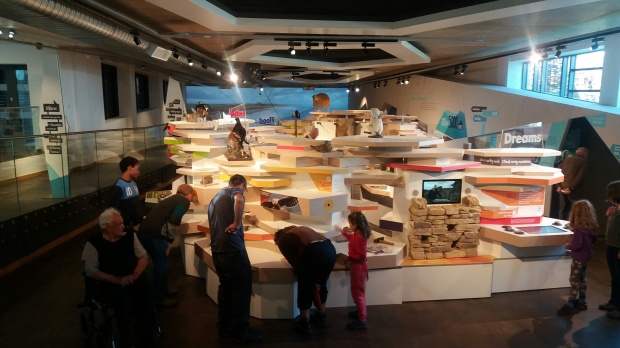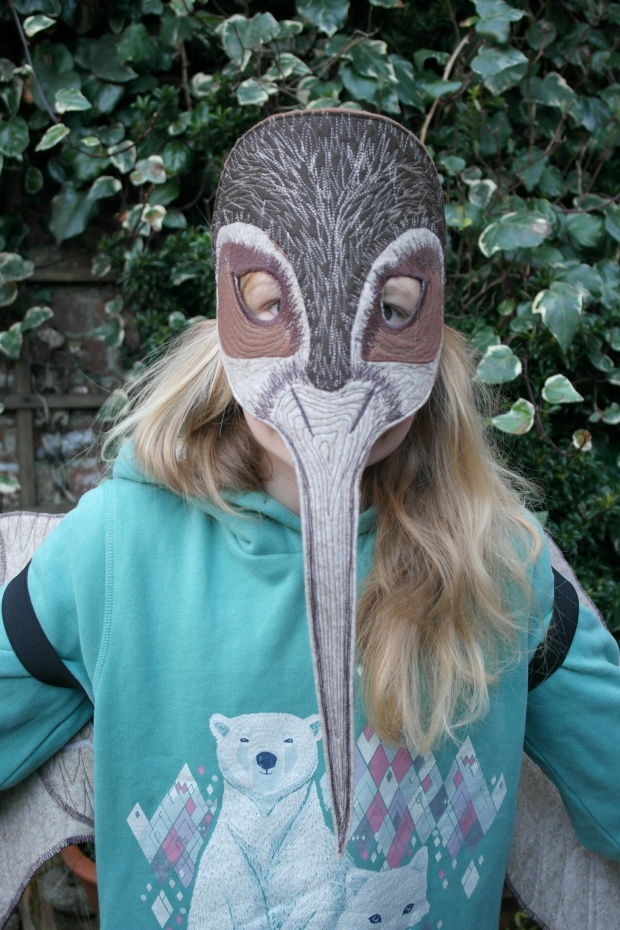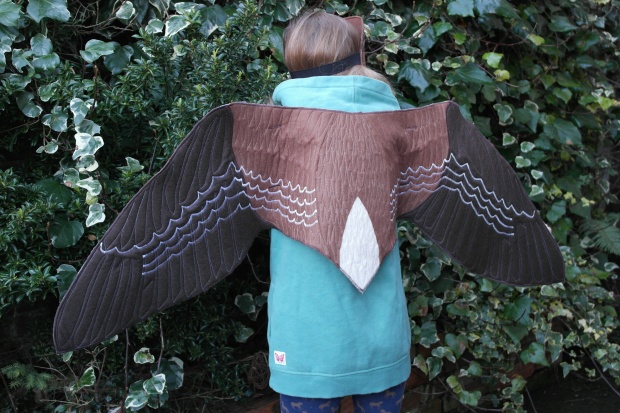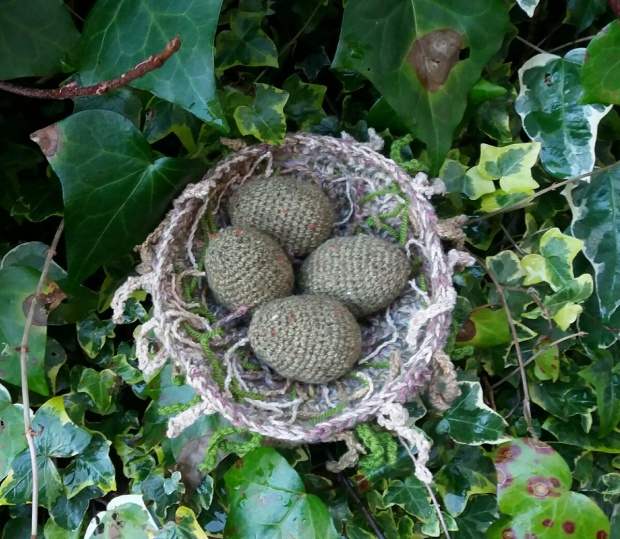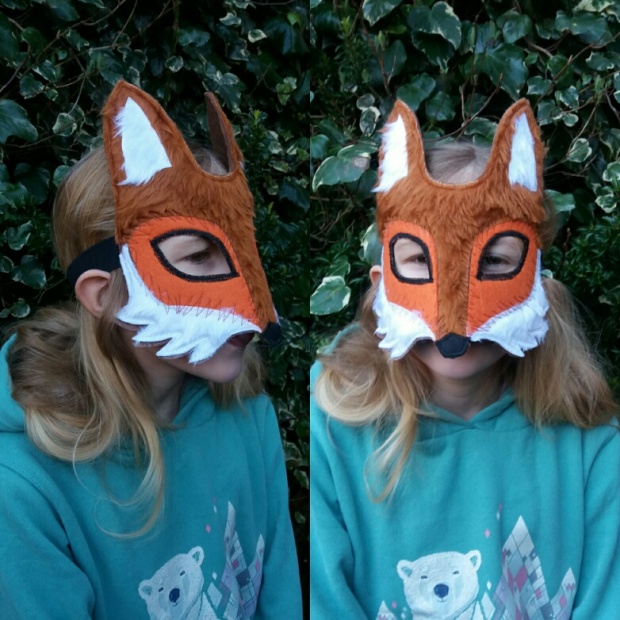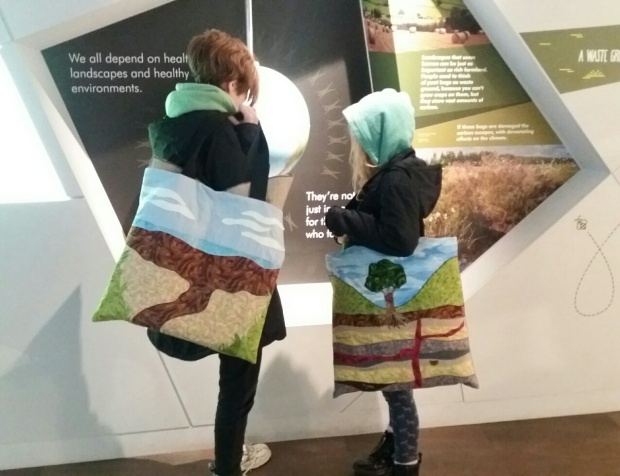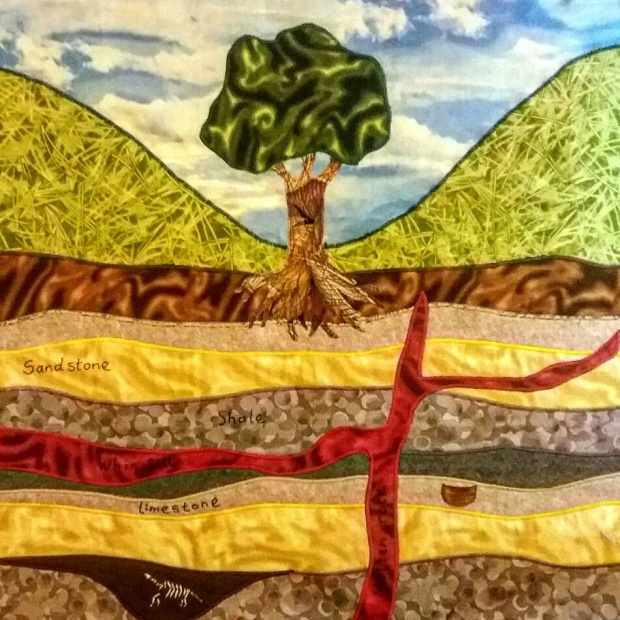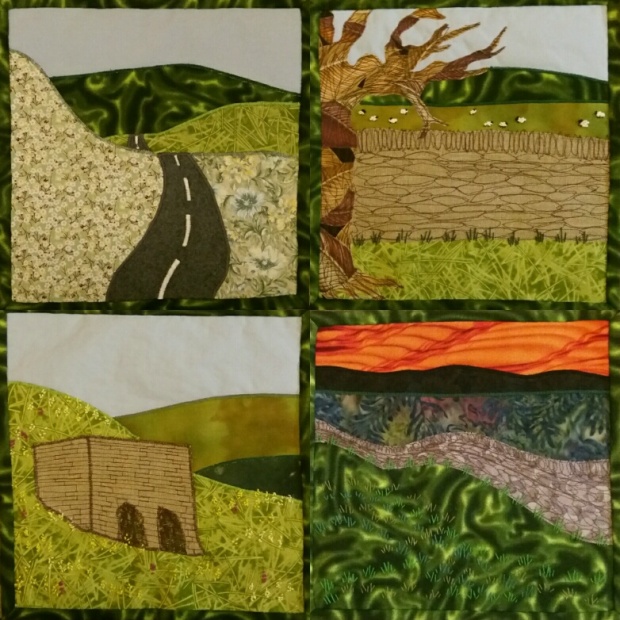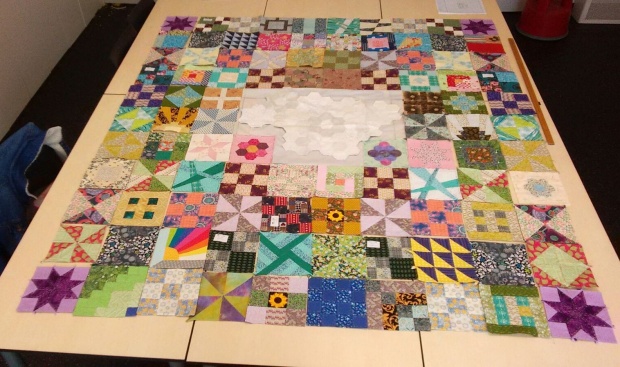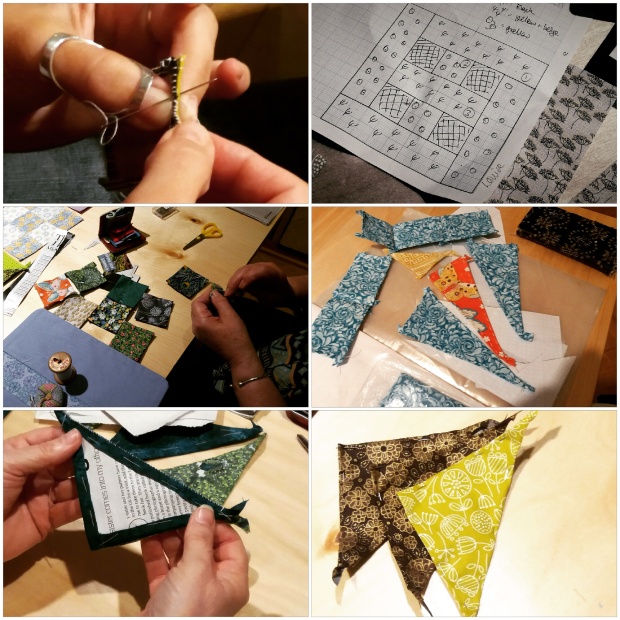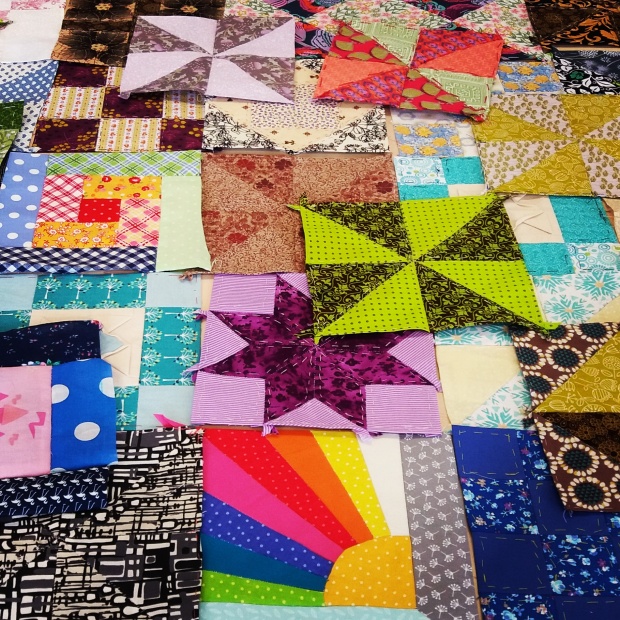From October 18 to March 19, I worked as Artist in Residence at Newcastle Carers as part of Newcastle City Council’s Arts Team’s residency program. I have blogged a few times about this residency – which I have really enjoyed. It has been a privilege to have worked with such a great and supportive organisation and the people who took part in the creative workshops and who, as you’ll be able to see below, produced some amazing artworks which are now on display at Shields Road in Byker.
It was also a lovely surprise to find out that I had been nominated for an award as part of the work I had done with Newcastle Carers during the residency. What made it even more special was the lovely nomination letter I received stating the reasons why:
“Having Louise in the Café really helped us to relax and take our minds off our caring roles for a couple of hours. We always had a lot of fun and constantly laughing. We loved learning new skills that we can share with our family/friends. It helped us to open up and strengthen our friendships with each other. She also made all of us believe in our selves more and that we can try new things. We are extremely proud of all of our work we created with Louise, thank you for everything.”

Three of the artworks on display at Newcastle Carers.
Over six months, I worked with four groups who meet regularly at one of the ‘cafes’ which are available to carers within the city to meet peers, talk to volunteers who are able to offer advice and support, as well as support workers who are able to provide further help. The individual cafes normally meet once a month, so we decided to add in extra sessions so that we were able to meet each group at least once a fortnight – as members of the café were really enjoying the creative project work they were doing within the cafes. Below, you can see the fabulous finished artworks and quotes that came out of the project, which are now on display in one of the rooms that is regularly used by these groups.

‘A comfy pair of slippers’ made by Byker Carer Café.
“When I first started coming to Newcastle Carers, it was like putting on a comfy pair of slippers or a blanket on.”
Many of the group at Newcastle Carers either already enjoyed knitting and crochet, or were keen to learn. This project has given the group a chance to learn and share skills with each other, from the simple, colourful squares to the flowers around the edge. Traditionally such techniques would have been used to make pieces for loved ones or for practical purposes. The heart shape has been inspired by tattoo designs.

‘Laughing, Caring, Sharing’ made by Gosforth Carers.
The imagery of the jigsaw puzzle reflects both a relaxing activity we might do but also the interlocking pieces symbolise the support given to members or visitors to the group by the volunteers and carers. Some of the pieces have been decorated with images of special places we visit in our minds and others the results of opportunities of experimentation with colour and form. Others have been made to represent important things the carers would like to say: the crocheted flowers say ‘Thank you’ to the people who originally set up the group and the knitted cakes represent having a cuppa with understanding friends.
During the workshops at Gosforth Carers, we have been using inks and fabric paints to decorate the jigsaw pieces, then using beading, knitting and crochet to further embellish the surface.


‘Life has layers’ by Young Adult Carers Café at Byker.
“We can be who we are.”
During the workshops at Newcastle Young Adult Carers, the young people have been learning a number of different creative techniques. These included lino printing, batik, weaving and fabric painting. This piece reflects many of the different aspects of a young carer’s life: school/college/work, friends and socialising, family and caring. The cogs of time continue turning in the background, with the occasional spanner in the works that might slow things down. However, the ‘Tree of Life’ keeps growing, providing new opportunities and experiences – including being part of the group.
A big part of the weekly sessions, besides the creative activities, has been the banter that flows, talking with friends about films and music (listening to Rag’n’Bone Man quoted here); this has fed into the piece that has been created.
“I am giant.”

B.M.E. Carers Group – ‘Time for Me’
Self-care is essential for all of us, but particularly for people who care for others. This piece reflects upon some of the simple things that we could do every day that make us feel happier and more relaxed. These things may not even take long like being creative. The group made these hand pictures and wrote things they enjoyed within them which gave them time to switch off and stop thinking about other things for a while.

Textile books made by Newcastle Young Adult Carers and Newcastle Carer Café.

‘In Our Space’ – Newcastle City Artist in Residency exhibition logo.


